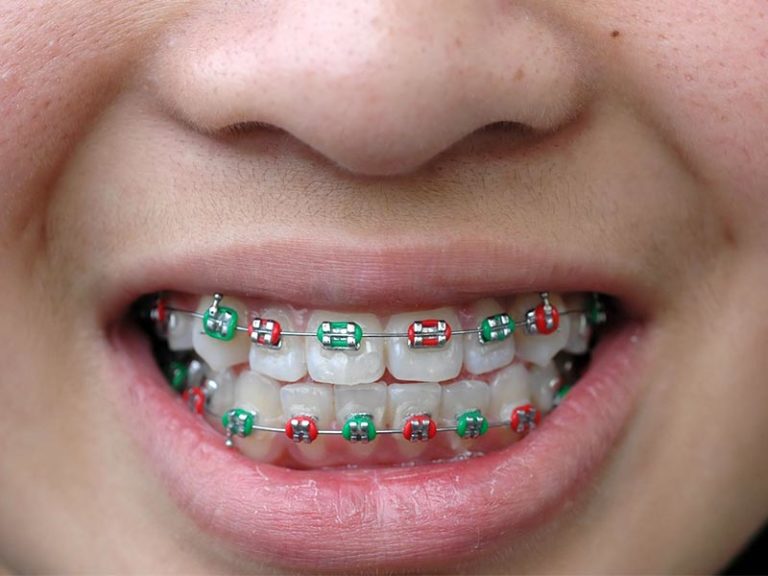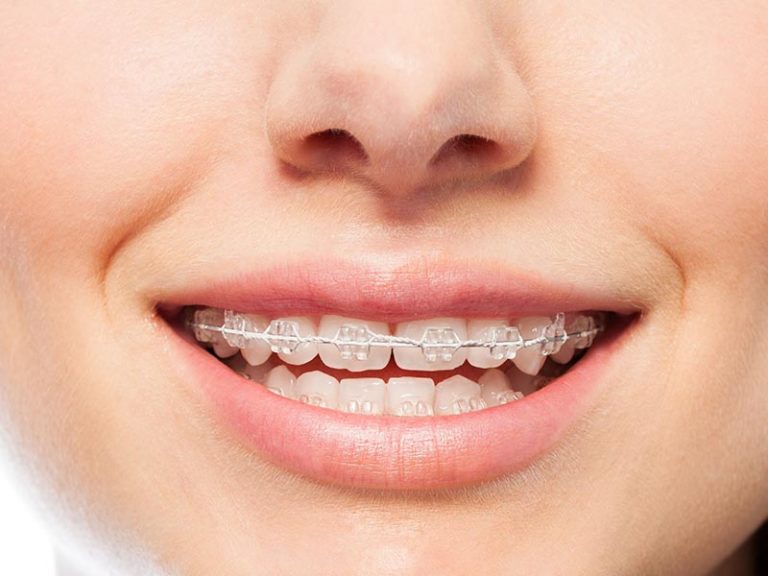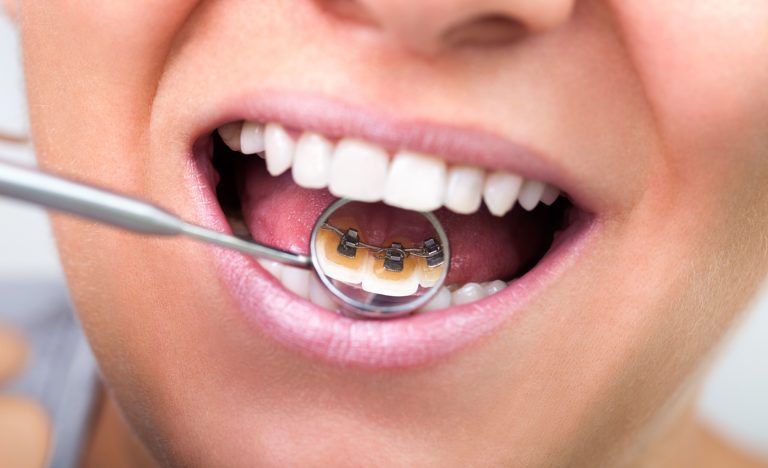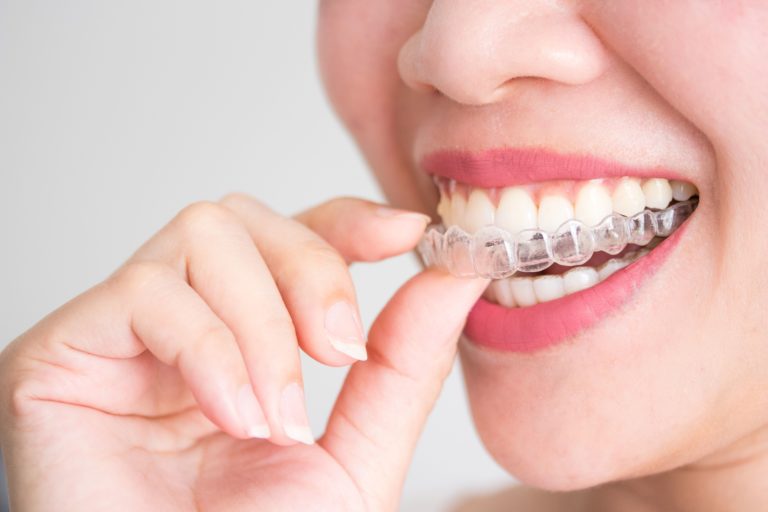The period between losing all of your baby teeth and around 15 is the ideal time to address any tooth or jaw alignment issues.
This is because most of your adult teeth have come in so we can see which need to be corrected, but your jaw is still pliable, meaning that any treatments you get will work faster, and prevent further problems which would be harder to fix.
Of course this is usually the time in our life that we’re the most self-conscious. For the majority of Australian kids, getting braces isn’t a big deal because lots of their friends are also getting braces at this time, and wearing braces for a while means that they’ll have a great smile for the rest of their lives.
If you’re one of the few that are less excited about braces, let’s take you through some options.

Metal Braces
This is the most common treatment for kids and teens, so it’s probably what your friends with braces have.
Modern metal braces are lighter and much more comfortable than they used to be, and being smaller they are also more discreet. However if you want to make more of a statement then you can brighten them up with elastic modules in your favourite colours.
These braces use small metal brackets which are glued to your teeth and then connected to a thin wire which can be tightened to put pressure on the teeth to move them into the right position.

Clear or Ceramic Braces
These are the same as metal braces, but instead of using a metal bracket they use a ceramic bracket which is less noticeable.
Ceramic braces do cost a bit more because the ceramic brackets themselves are more expensive than the metal ones.

Lingual Braces
Lingual braces attach to the back of the teeth and are completely invisible to other people, however we don’t often recommend these to young people because they can affect your speech and eating habits, which takes a while to get used to.

Clear Aligners
Clear aligners are becoming increasingly popular for less severe conditions, as they are virtually invisible and can be removed making eating a little easier.
Often these aren’t a great choice for adolescents, partly because they rely on all of the adult teeth to be fully emerged, and also because they can be removed they require a lot more discipline to work. A good example of this is that clear aligners are removed when eating, but then it’s really important to clean your teeth afterwards, which isn’t always possible in a school environment. They need to be worn for 20-22 hours a day to be effective, whereas braces cannot be removed so they require a lot less self-control.
